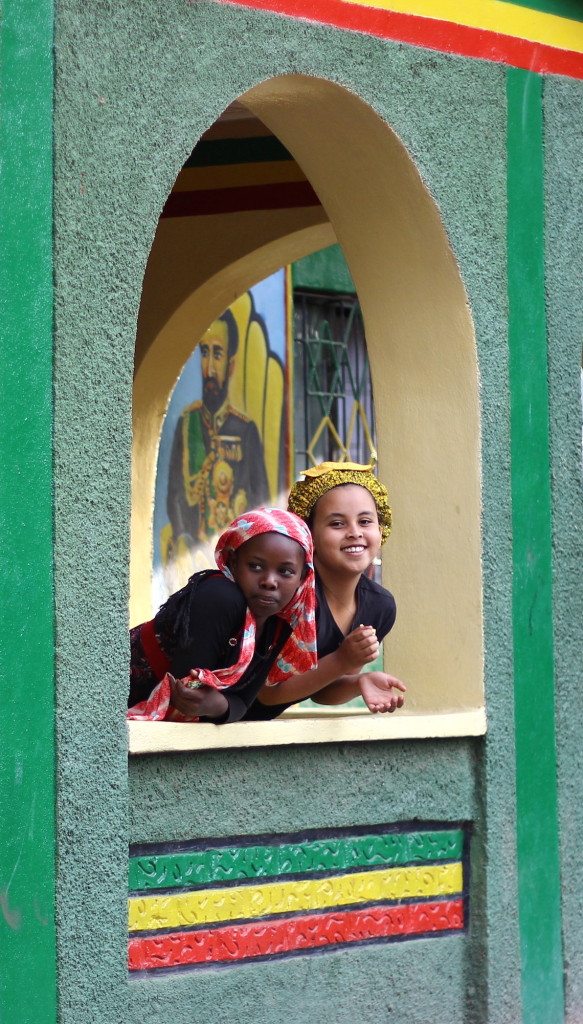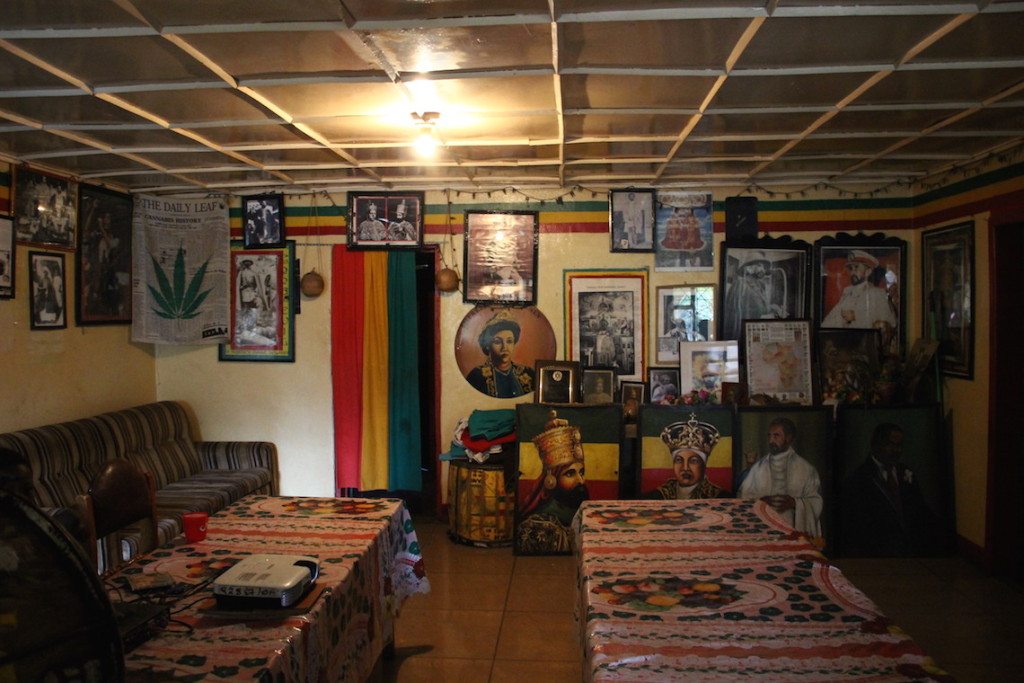Meet the Rastafarians of Ethiopia, the spiritual migrants who have returned home
Being a Rastafarian is not all about ganja and dreadlocks. We visit the repatriated Rastafarians of Ethiopia who left Jamaica to live in the Promised Land.

Four hours South of Addis Abeba, the capital of Ethiopia, lies Shashemene, a haven of tranquility and a patch of Jamaica that Rastafarian settlers, mainly from the Caribbean and some from the United States, call home. This will be no surprise to reggae lovers who are familiar with the idea of Ethiopia as the Promised Land, the Land of Zion awaiting the repatriation of African descendants worldwide.
The Rastafarian religion originates in the philosophy of Jamaican political leader and activist Marcus Garvey, a key figure in the ‘Back to Africa’ movement that encouraged descendants of African slaves across the Americas to repatriate to their homeland in the 1920s. He is also considered a prophet who predicted the coronation of a black king in Africa, one who would promote deliverance of dark-skinned individuals worldwide. This King of Kings turned out to be the Ethiopian emperor Haile Selassie, also known as Jah. Before being crowned on the 2nd of November 1930 he was known as Ras Tafari Makonnen, name adopted by the Rastafarian movement following the fulfilment of Marcus Garvey’s prophecy.
In 1955, after a visit to the Caribbean Haile Selassie sent an open invitation for Afro-descendants to move back home to Ethiopia by granting land to whomever would do so. Twelve accepted: one walked there, eleven took a boat. Most were from Jamaica, joining their blood brothers in Ethiopia, the land they believed had been taken away from them.

Priest Paul was one of them. Today he is the last living elder out of the twelve who first repatriated. “Africa is the cradle of civilisation”, he explains, “in Jamaica, there is a political ideology that divides us, that made me leave. Also, Ethiopia stimulates Rasta vibes: it is all about repatriation”. In Shashemene, he lives what he calls a holy life because, “Rasta reality is to separate the self from unholy things”.

Shashemene is today a true Rastafari haven where settlers follow a lifestyle free from politics and division. But contrary to popular opinion, professing the religion is not all about wearing dreadlocks and smoking ganja, also known as cannabis, marijuana and under many other names. It is about meditating and reading the Bible, and those who profess it believe that ganja helps in this spiritual awakening. According to Priest Paul, “Jesus Christ was black and even had dreadlocks”.

In the view of Ras Kawintseb, who has lived barefoot since setting foot on Ethiopian soil, “Rasta is a concept that brings forth consciousness, the memory of the human race throughout cycles of Earth time connected to patterns, planets and civilisations”. It’s about the history of ages, and generally, the earliest times are seen as the best. They are the glorious ages. “Today, the human race is being destroyed. People have lost touch with their consciousness. It has become about animal instincts, the physical and the flesh. The natural order is being distorted. What motivates human beings is mainly their greed for power,” he reveals, mentioning that regardless of our high ideals, we still operate on bad principles.

Rastafarians believe something can be done, and that will be made clear in the search for truth and righteousness. “As it was in the beginning, so it shall be in the end,” says Ras Kawintseb quoting the Bible. That end, he believes, lies in Ethiopia.
Full of hope for the future for those who have been oppressed for too long, the Rastafarians of Ethiopia believe that once the world realises that those in the Bible are in fact black, then humanity will have a chance at a brighter future. In the meantime, they will keep living their lives in peace in today’s African Jamaica.

via: Life Gate





